Accessory Navicular Syndrome – many individuals with navicular syndrome also have flat feet (fallen arches). Having flat feet puts more pressure on the posterior tibial tendon, which can produce inflammation or irritation of the accessory navicular.
Achilles tendinopathy – When the Achilles tendon goes through degenerative changes and thickens, which causes pain and inflammation.
Achilles tendon rupture – A total tear of the Achilles ligament, a burst causes torment and loss of development and strength.

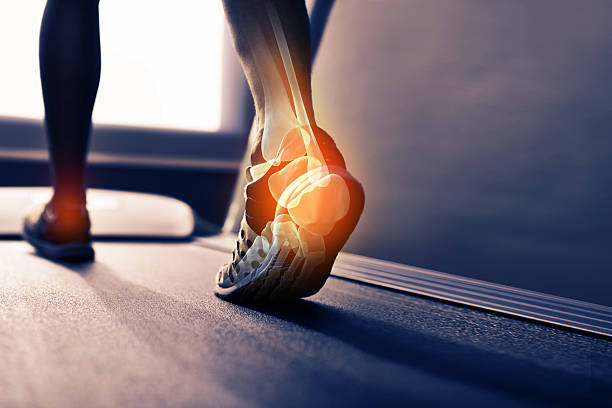
Adults obtained flatfoot disfigurement (back tibial ligament irregularity) – Regularly known as a flat feet or fallen arches, the deficiency of the arch happens in light of the fact that the large tendon within the medial ankle becomes loosened up and no longer supports the foot’s arch as it should.
Ankle Arthritis – Happens when there is a breakdown of cartilage in the ankle joint from injury (like an auto collision), immune system illnesses (like rheumatoid joint pain), or disease or inflammation.
Ankle Fracture – This happens when either of the bones of the ankle – the tibia or fibula – is broken. In situations where the break is precarious, surgical correction is typically recommended.
Ankle instability – Not treating an ankle injury can bring about harm to the ankle joint’s ligaments and cartilage, leaving the lower leg unsteady. This causes torment and can prompt loss of ankle function and capability.
Ankle sprain – When the ankle twists or turns and the ligaments are stretched and/or torn, causing torment and swelling
Apophysitis – Irritation of an apophysis (Greek word meaning an interaction or projection of a bone). While talking about the foot, the term is principally bound in such a way as to really irritate the rear of the heel bone in youngsters. As a matter of fact, it might address an irritation of the Achilles ligament or bursa, as opposed to a bone. Additionally called Sever’s Disease.
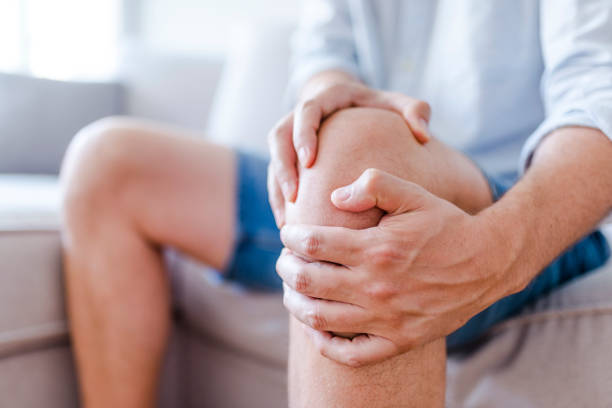
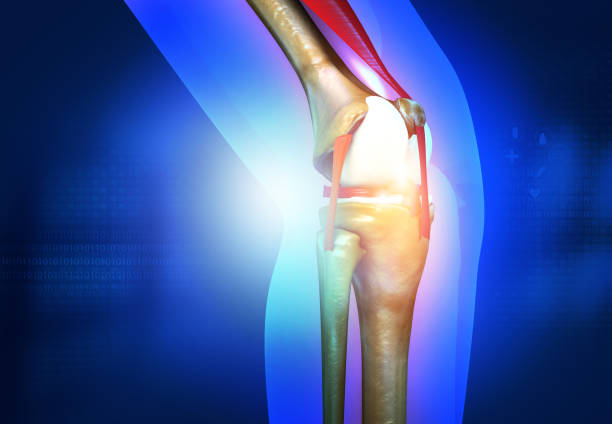
Arch support – devices that are placed in the shoe to support the arch and diminish or eliminate foot pain for many many medical conditions.
Arthroereisis – An insert embedded between two bones of the hindfoot (talus and calcaneus) to address flexion in children with flat feet. This implant, which is inclined to breakage and separation, is problematic as a practical treatment.
Blount’s Disease – An irregularity in the development plate of the tibia, prompting bowing of the lower leg bones (tibia).
Bunion (hallux valgus) – Occurs when there is misalignment of the first metatarsal (one of five long bones that run from mid-foot to the toes) in relation to the big toe. The often-noticeable “bump” is not new bone or overgrowth of bone but actually the metatarsal itself.
Bunion (hallux valgus) – Happens when there is misalignment of the principal metatarsal, one of five long bones that run from mid-foot to the toes according to the large toe. The frequently observable bump isn’t new bone or abundance of bone however really the actual metatarsal.
Cavovarus foot deformity – Often associated with some neurological disorders, the feet have higher than typical arches while the feet also turn in at the heels.
Cavovarus foot deformation – Frequently connected for certain neurological issues, the feet have higher than run of the mill arches while the feet likewise turn in at the heels.
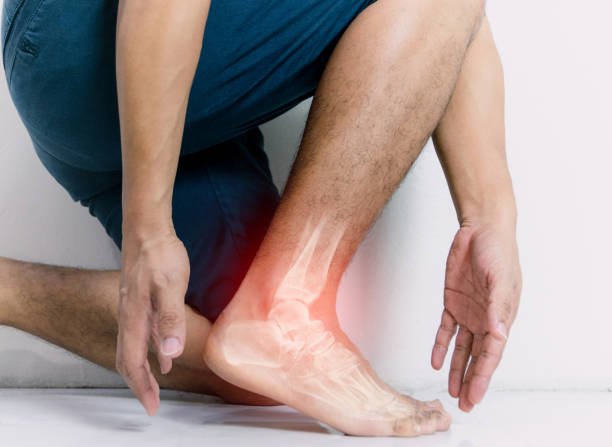
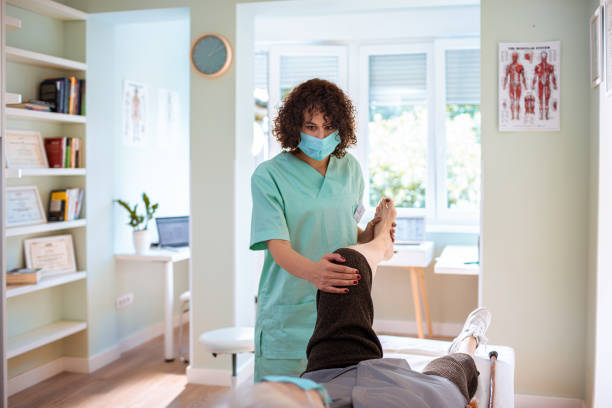
Charcot Foot: A foot affected by a painless degenerative change of the bones, due to excessive repetitive localized force in a foot with a loss of sensation.
Degenerative – Having the tendency to deteriorate, or implying a wear and tear process.
Dorsiflexion – Bending the foot upward or toward the knee.
Flatfoot deformity (or pes planus) – The arches of the foot are flat, causing the entire bottom of the foot to press against the floor during any weight-bearing activities. Can occur in one foot or both feet.
Flat feet deformation (or pes planus) – The arches of the foot are flat, making the whole lower part of the foot press against the floor during any weight-bearing exercises. Can happen in one foot or the two feet, and usually pronation of the ankle occurs.
Foot drop – Frequently connected with a neurological issue, foot drop includes not having the option to lift the forward portion of the foot, and may drag the foot while strolling or walking
Foot fracture – Also known as a broken foot, a fracture in the foot is very common and ranges in severity. A severe break can require surgery to keep the bone in place while it heals

Fractured foot – Otherwise called a broken foot, a crack in the foot bone is common, and can reach to many different degrees of seriousness. An extreme break can expect a medical procedure to keep the bone setup while it recuperates.
Foot myositis – is a rare autoimmune disease that causes muscles to become swollen and inflamed. This particular disorder affects the voluntary muscles of the body that consciously control foot movement. Myositis can develop over time and ranges in severity from mild to severe.
Gait – Manner of walking. Can be normal or abnormal, such as antalgic (painful) gait where the stance phase is shortened.
Genu varum – Bow legs.
Genu valgum – Knock knees.
Hagland’s Distortion – Hard noticeable quality of the heel, close where the Achilles tendon appends to the heel bone.
Hammertoe – Curling of the lesser toes, characterized by flexion of the first joint (PIP joint) and extension of the metatarsal phalangeal (MTP) joint. Very similar to a claw toe deformity.
Heel Counter – In shoes, the most posterior (back of the shoe) portion of the upper, which holds the heel of the shoe and grips the back of the heel bone. It often has extra reinforcement.
Heel Wedge – In shoe manufacture, an elevated cushioned heel which decreases stress and pressure on the Achilles ligament and tendon.
Instep – Arched medial portion of the human foot, especially the upper (dorsal) side
Interphalangeal Joints – Joint space between the bones of the toe.
Joint Capsule – Thickened connective tissue that forms the outermost joint layer. The joint capsule is usually lined with synovium – the thin tissue that releases joint fluid referred to as synovial fluid.
Mallet Toe – Flexed disfigurement of the last joint of a toe, joined by a callus at the tip of that toe.
Metatarsalgia – a name for pain in the ball of your foot. It affects the metatarsal bones that connect the ankle bones to the toes. They’re a common source of pain because they support your weight while standing, running or walking.
Morton’s neuroma – Influences the region between the third and fourth toes ready of the foot, causing pain and torment and or burning. Typically brought about by a physical issue or injury from poor-fitting shoes. shoe inserts with gel in the metatarsal area can lessen the pressure on the nerve and decrease the compression when walking.
Neurogenic foot – most commonly referred to as clubfoot. The neurogenic clubfoot is composed of many deformities, such as cavus, equinus, hind foot varus, supination and pronation of the forefoot, that develops due to the neurological disease leading to muscle imbalance.
Osteochondral defect of talus –Usually occurring from a sprained ankle, the cartilage of the ankle bone becomes bruised, can crack and may lead to the formation of a cyst on the talus bone.
Orthosis – Device which a person wears or uses to help support, align, or accommodate a body part.(Insole, Shoe Insert or Orthotic)
Os Calcis (calcaneus) – Heel bone.
Osteoarthritis – Arthritis represented by partial or complete loss of the cartilage (articular cartilage) covering a joint. It commonly occurs in individuals as they get older, and most often affects the weight bearing joints, such as the hip and knee. In the ankle joint, osteoarthritis commonly occurs from a previous trauma, such as an ankle fracture.
Pedorthist – An individual that specializes in prescription footwear.
Plantar – Pertaining to the bottom or sole of the foot.
Peroneal tendinopathy – Injury leading to inflammation and/or tearing in the tendons that run.
Peroneal tendinopathy – Injury prompting irritation and additionally tearing in the tendons and ligaments that run.along the outside of the ankle bone.
PEVA: Ethylene Vinyl Acetate – A cushioning material used for insoles in shoe manufacture.
Plantar fasciitis – The ligament that connects the heel bone to the toes and supports the arch of the foot. Plantar fasciitis occurs when this ligament gets irritated and inflamed, and is the most common cause of heel pain. Individuals that have flat feet or high arches are more prone to developing Plantar Fasciitis. Wearing supportive arch support insoles can relieve abnormal strain on the plantar fascia.This is particularly evident when one’s job requires long hours on their feet.
Pronation – Turning outward of the hindfoot. It is most commonly associated with a flat foot. A certain degree of pronation during the stance phase is good, as it helps absorb shock during walking or running. However, greater pronation can tend to overload the tendons and soft-tissues on the inside of the ankle, potentially leading to conditions such as posterior tibial tendonitis.
Rheumatoid Arthritis – Swelling, discomfort, and stiffness of the joints and tendons, often starting in the feet. This is usually accompanied by the formation of rheumatoid nodules in the soft-tissues.
Sesamoids – A bone which is surrounded within a tendon, particularly in the two bones under the first metatarsal bone. (tiny floating bones)
Shin Splints – is a term to describe pain and swelling in the front of the lower legs.The pain usually appears after running, walking, standing long periods of time and having flat feet.Worn out shoes without proper arch support can lead to inflammation of the shin, calf tightness usually in both lower legs and calf areas.
Splay Foot – unusually wide foot. (extra wide foot)
Supination – typically occurs with individuals that have high arches. Also, for those with high arches your weight seems to be more distributed to the outside of your foot.
Talus – The talus is the major bone that aids to connect the lower leg to the foot. The talus is one of the main bones helping to make the ankle joint. It is the lower bone of the ankle joint, and articulates with the end of the tibia and the fibula (above and to the lateral side). The talus has a peculiar shape, and is almost 70% covered with articular cartilage. It has many tendons running near it, but no tendons attached. It commonly has poor blood supply, which makes it subject to avascular necrosis (AVN) when a significant talar fracture has occurred.
Colony Ortho RX insoles have been sought after in many different searches, to list a few;
Plantar Fasciitis insoles, Supination of the foot, Tendonitis in the foot, Foot Bursitis, insoles for flat feet,
Ball of foot pain, and even Morton’s Neuroma Treatment. The good thing is that Colony Ortho RX
insoles can usually be found with many different search patterns.
The simple fact that Colony Ortho RX has made itself so available to the public, through the internet,
we have been able to help so many people across the country with so many variations of medical
conditions of the foot and ankle.
The feedback that we get from our customers that seems to be most prominent, is the ability of our
Colony Ortho RX insoles to treat the following conditions. Plantar Fasciitis, Supination of the foot,
Tendinitis in the foot, Foot Bursitis, Ball of foot pain (Metatarsalgia) and Morton’s Neuroma Treatment.
Our thought process prior to constructing this glossary was to help you identify existing and potential
medical conditions of your feet and ankles. Also, our goal is to circumvent some unorthodox google
searches, and go straight to the source. Knowledge is power, especially when it comes to one’s
health.
If you identify or suspect that you might be experiencing any of the conditions listed on our glossary,
please reach out to us if you have any questions. Our team is here to assist you, we have a full staff
standing by Monday – Friday 8 AM – 5 PM (PST) Live Chat 7 Days a Week.
We hope that this glossary page has helped you to have a better understanding of our interpretations
of the various medical conditions of the foot and ankle.
Always consult with a physician or medical professional to insure your correct diagnosis.
Jack Young, CEO
Colony Ortho RX